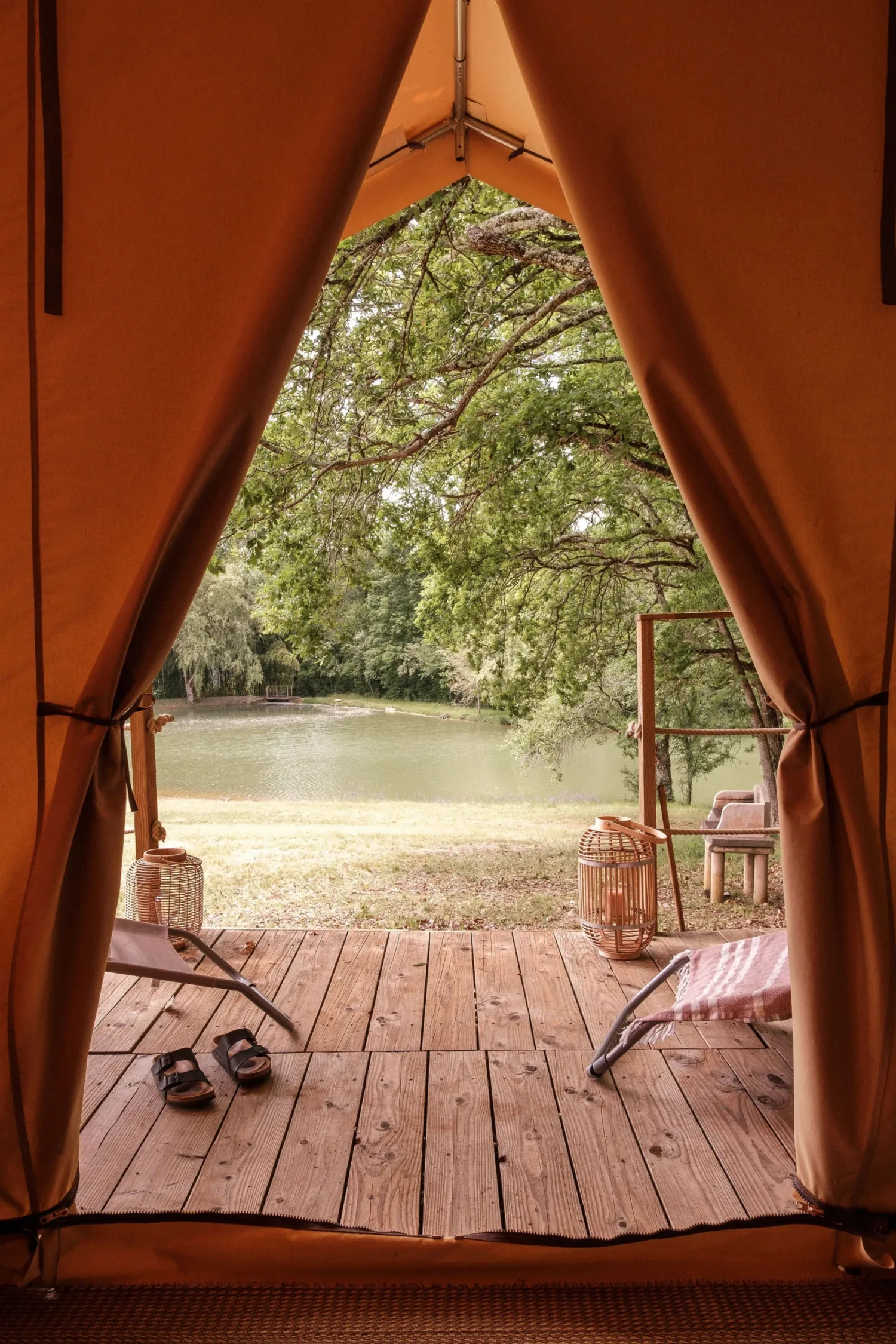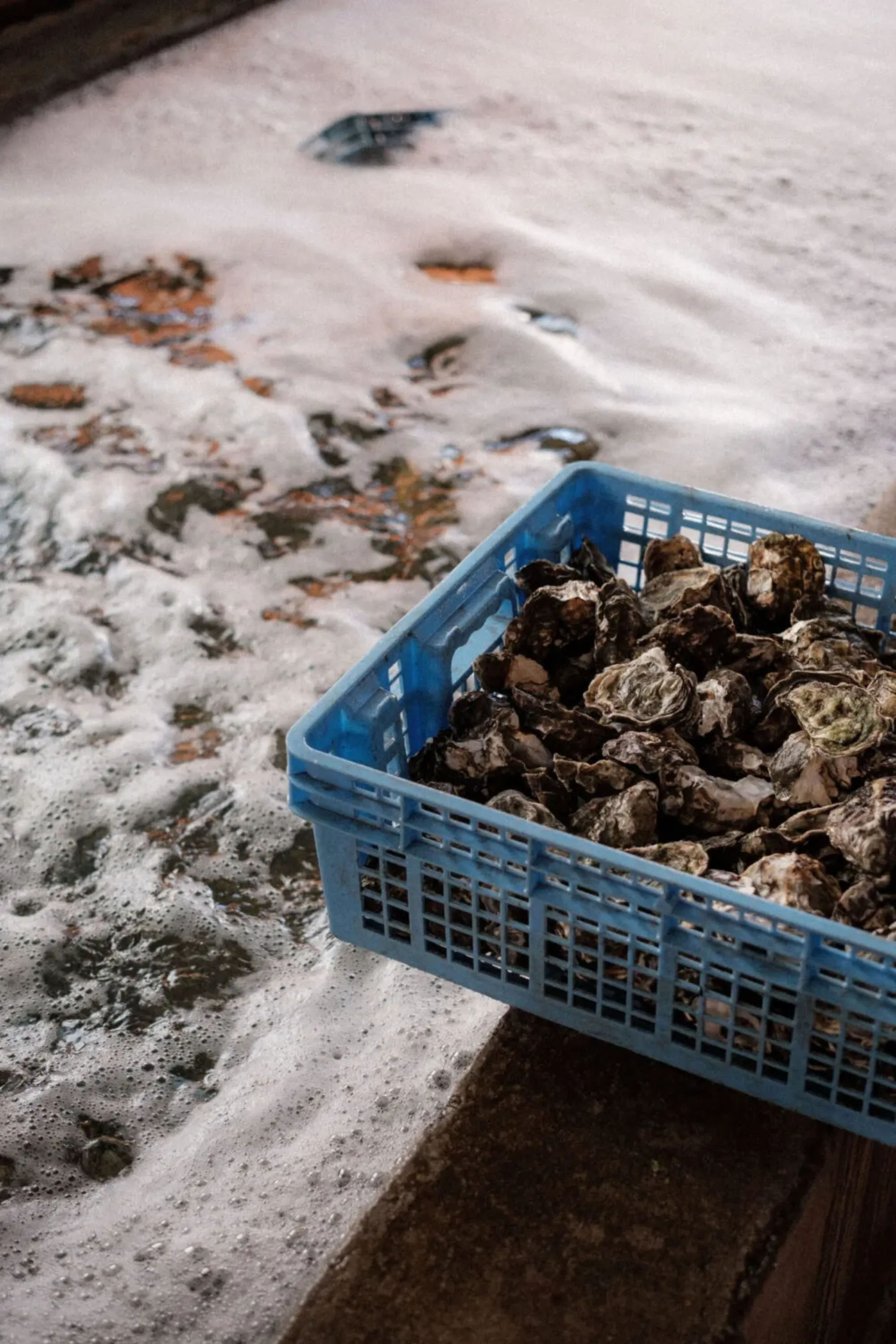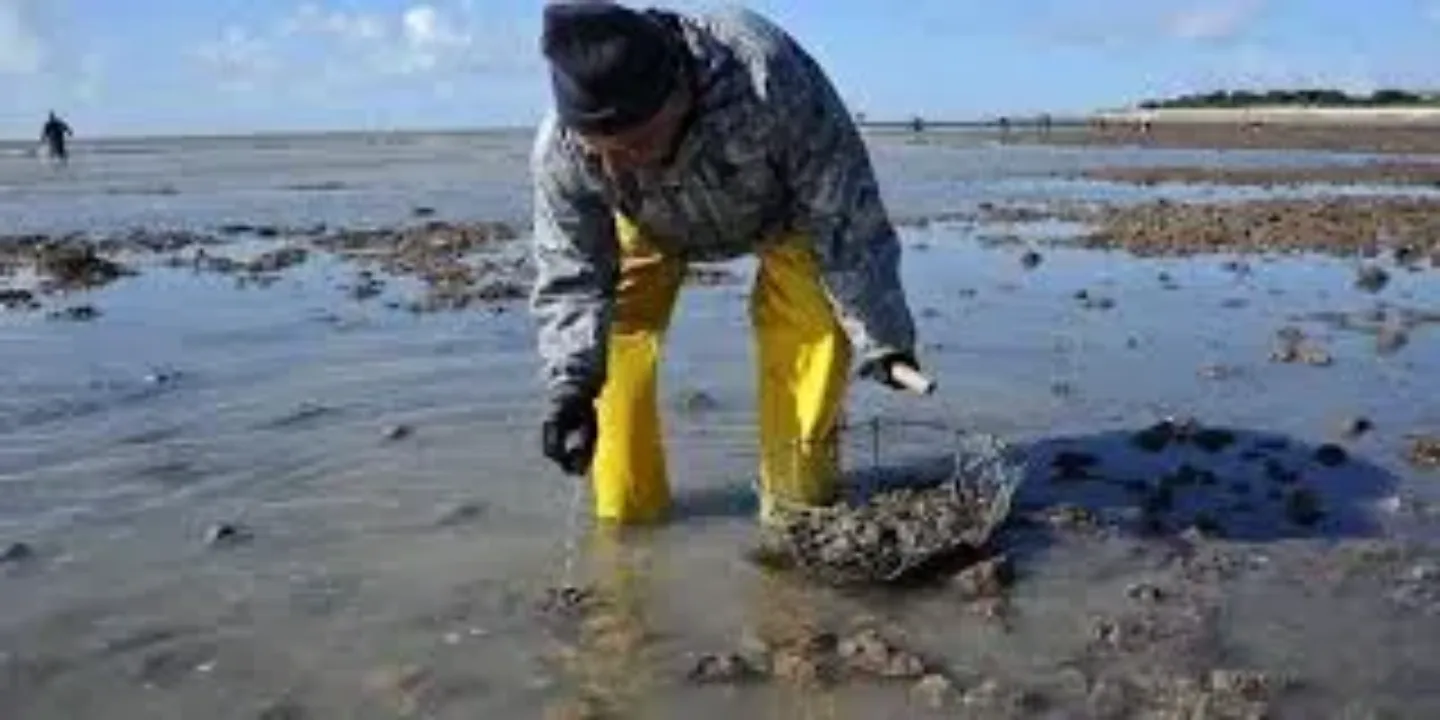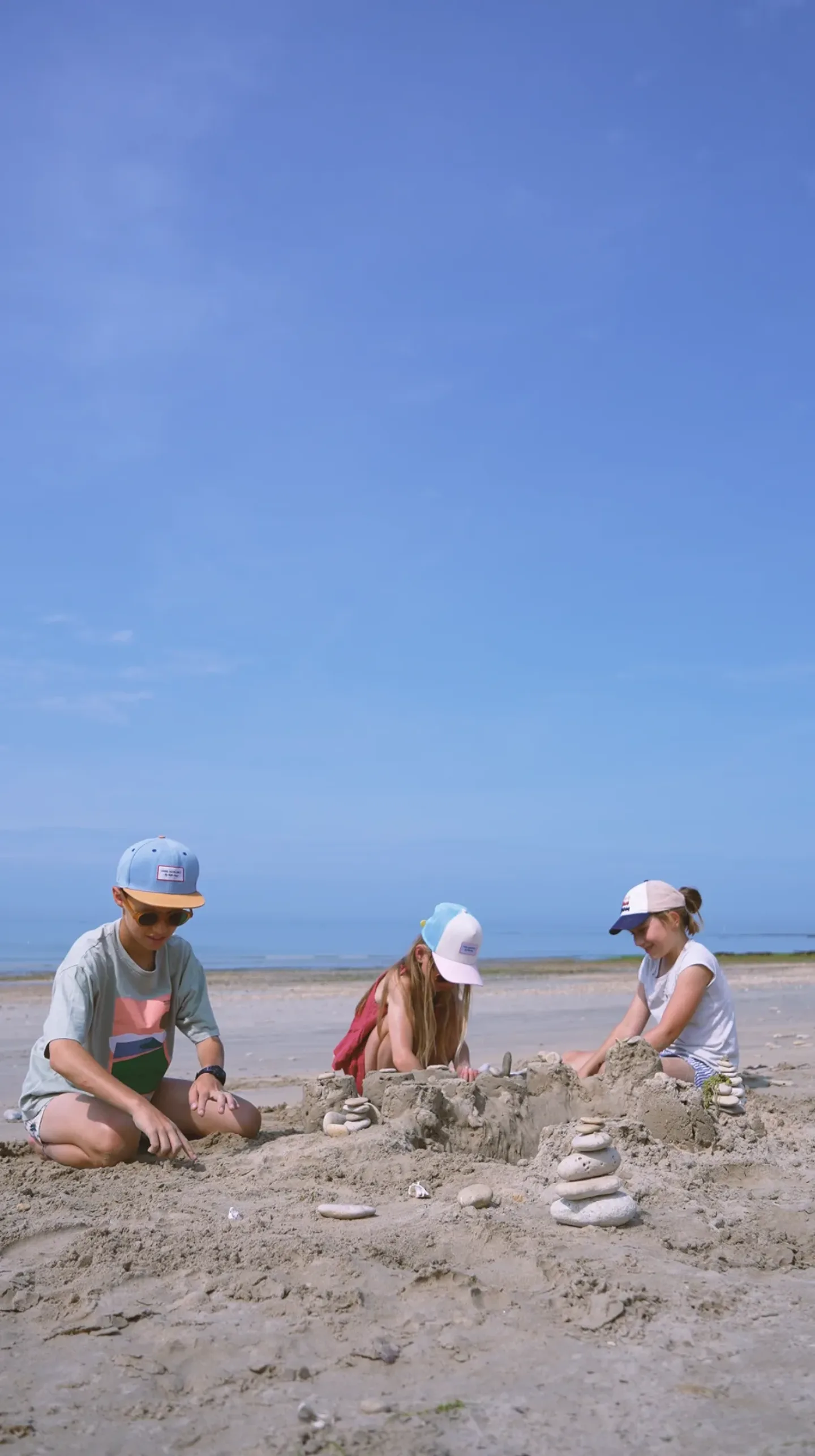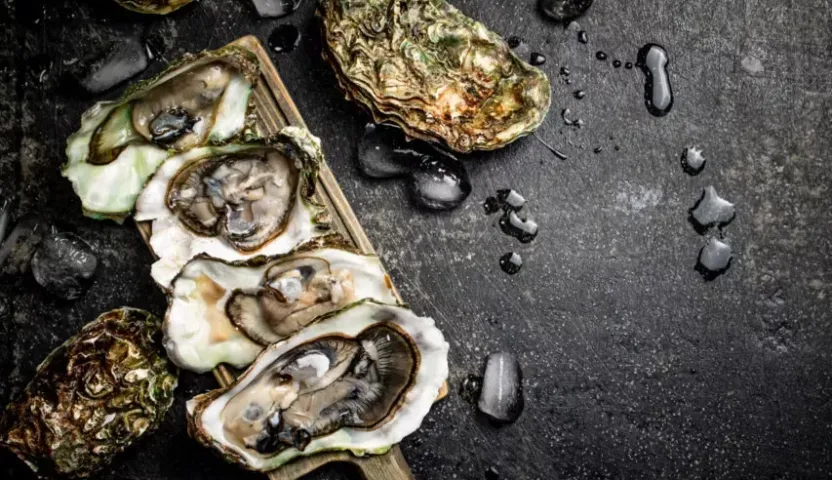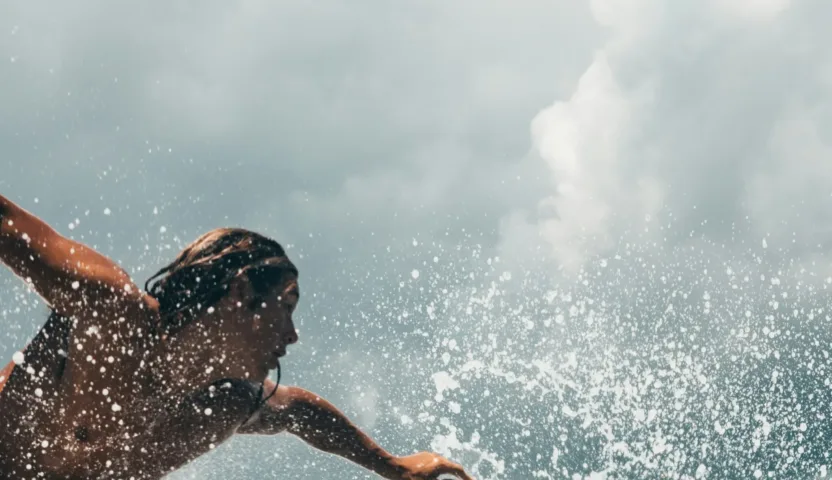
Lilleau des Niges nature reserve
The Ile de Ré is located on a major bird migration route between Africa and the Arctic. Its natural areas are therefore particularly valuable, as they are likely to be home to a large number of bird species. At the tip of the island, in the heart of the Fier d'Ars marshes and mudflats, the Lilleau des Niges reserve was created in 1980 with the aim of preserving this biodiversity.

